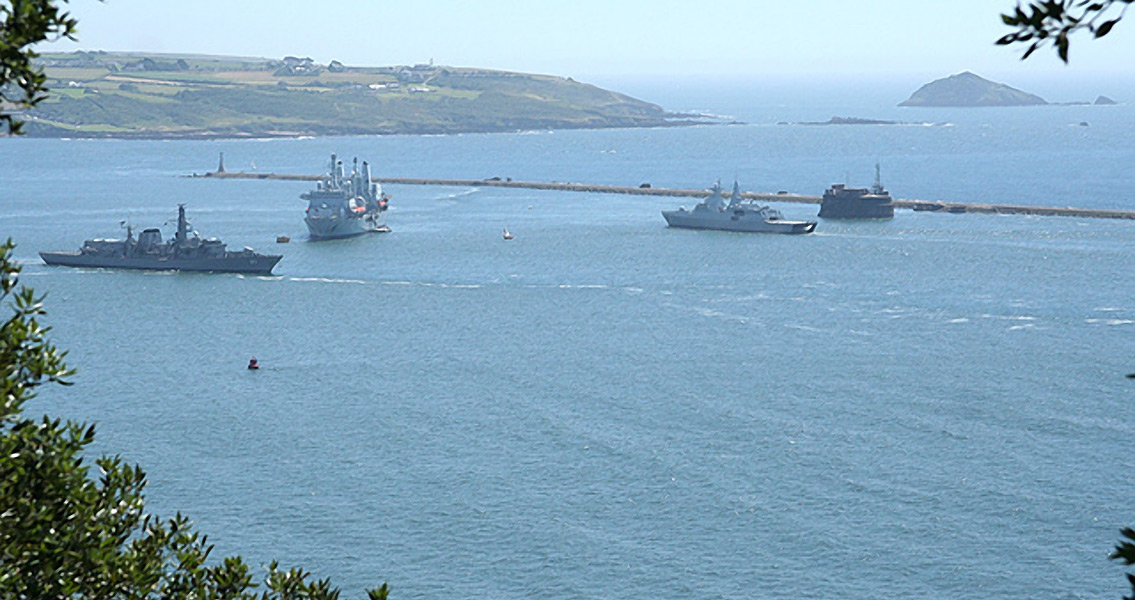<![CDATA[The DNA of 500-year-old dog remains found in the Cattewater Wreck could tell researchers more about the mysterious vessel that was found off the coast of Plymouth in the 1970s. Named so after the location it was found, Cattewater, near the entrance to Sutton Harbour in Plymouth Sound, the vessel seems to date from Tudor times, based on the artefacts found in the wreck and brought to the surface. The vessel was discovered accidentally, during dredging works that uncovered timber and parts of iron guns, the Plymouth Herald reports. This first find attracted the interest of scientists from the National Maritime Museum and the Department for the Environment. Exploration of the site yielded a host of other artefacts, including wrought iron cannon fragments, pottery, a brass pin and buckle, lead items, rope fabric, textiles, leather and animal bones. No human remains have been found on the vessel, but what the researchers did find was the body of a dog. Considered to have been the only victim of the wreck, it is now hoped the dog could tell the scientists more about the ship, maritime archaeologist Martin Read from Plymouth University told the Plymouth Herald. Without going into detail as to the nature of the information they are hoping to glean from the DNA analysis, he said that it would help them connect earlier clues about the ship. So far analysis of the artefacts from the wreck have revealed links between the vessel which was most probably British, judging by the ballast which came from the Plymouth area, and the Netherlands and France. The team studying it has suggested that it was a merchantman, probably built in the fifteenth or early sixteenth century, wooden, with three masts, built in a carvel style, Ancient Origins notes. The fact that wooden pegs and nails were found in the fastenings, as well as the fish-tailed flooring, also point to that period, as do the gun fragments that suggest the cannons they were part of were serpentines, which were in use before the sixteenth century. Some sources claim however, that the vessel pre-dates the first ever manual of shipbuilding. The earliest work on the subject was written by Michael of Rhodes, a Venetian mariner from the fifteenth century whose manuscript containing a treatise on shipbuilding, along with ones on mathematics and maritime navigation, were only discovered 15 years ago. The waters off the Plymouth coast are abundant with shipwrecks. Some of the most famous include the Coronation – a 1685 second-rate ship of the line (a military ship) that sunk in 1691 during a gale. The ship had taken part in the Battle of Beachy Head in 1690, in which France defeated England and Holland. It is believed that the ship was dismasted and then capsized, drowning the whole crew. Martin Read told the Plymouth Herald that HMS Coronation’s wreck led to the largest loss of life around Plymouth. Another famous wreck was the sinking of the Dutton, an East Indiaman that was also wrecked by a storm. The ship suffered a fire while still in the Channel, and sought shelter in the Cattewater, where its only remaining anchor had to be cut, causing the vessel to be thrown against the rocks. Still, this calamity did not end with as many casualties – most of the crew were saved by Edward Pellew, at the time the future Lord Exmouth. Image courtesy of Wikimedia Commons user: Bsrboy]]>
Cattewater Wreck Researchers Look Into Dog DNA for Clues
